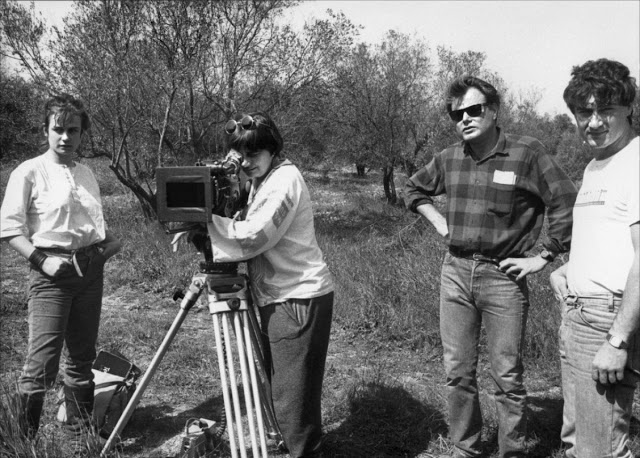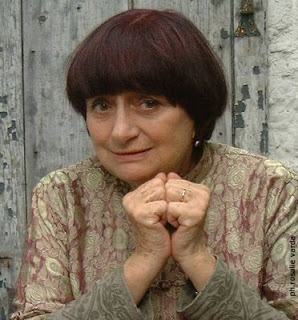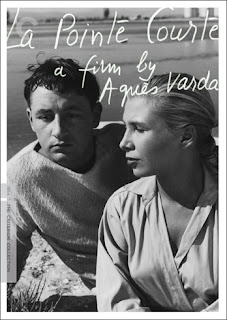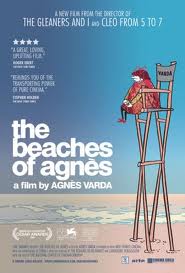
Written by Rachael Johnson.
Belgian-born French filmmaker Agnès Varda is nothing less than a cinematic treasure. Her career spans decades and she has gained critical acclaim for both her fiction and documentary films. Varda was, of course, a pioneering figure of the New Wave and Left Bank. In 1962, she directed the ground-breaking, feminist classic Cléo de 5 à 7 (Cleo from 5 to 7). In 1985, her powerful, lyrical film about a young homeless woman, Sans Toi, Ni Loi (Vagabond), won the Golden Lion in Venice. This year Varda was awarded an honorary Palme d’Or at Cannes. She was the first woman to receive the tribute. At the beginning of the Millenium, Varda also directed the documentary Les Glaneurs et la Glaneuse (The Gleaners and I, 2000). It is one of the most fascinating ever made.

Varda begins her documentary by providing the historical, aesthetic and linguistic context of gleaning. We are given the Larousse dictionary definition: “To glean is to gather after the harvest.” The director tells us that it was a mostly female, collective activity in the old days. Today, both men and women glean, more often than not on their own. François Millet’s painting of les glaneuses provides the stimulating starting point for Varda’s creative, humanist journey. Marrying the past and the present, the documentary features interviews with men and women of rural and urban France in the new Millenium who practice various forms of gleaning. People gather everything from vegetables, fruit, and oysters to old dolls, fridges, and TVs. We encounter an impoverished single mother picking potatoes, and homeless young people dumpster-diving outside a supermarket. We also meet a chef scavenging for fruit because he prefers to know where his food comes from, as well as artist gleaners who scavenge for junk to use in their pieces. One of the most interesting people Varda meets is a man with a master’s degree who picks discarded fruit and bread from city markets in the morning and teaches French to immigrants from Mali and Senegal at night.

The Gleaners and I is not directly political but rather a thought-provoking, humanist study of people on the margins as well as those with reject capitalist norms of production and consumption. Issues of waste and sustainable development have become more and more critical, of course, since the film was made. Interestingly, in an effort to combat waste and food poverty, France introduced new laws this year banning supermarkets from dumping and destroying unsold food. They are now encouraged to give edible food to charities.

The tools Varda employs are modest and made for the road. The handheld digital video camera she uses allows for both freedom and intimacy. She puts herself in front of the camera, filming, for example, her aged hands and thinning hair in candid close-up. Can you imagine a Hollywood director doing so? Varda rejects vanity and embraces vulnerability. Her presence is, also often playful. At the beginning of the film, she recreates the actions of the wheat-carrying glaneuse in Jules Breton’s painting of a solitary female gleaner, all the while fixing her eyes on the camera. Varda has the inquiring mind of all great artists. Her humanity and inventiveness are consistently on display in The Gleaners and I. The director seems entirely invested in the subject as well as entirely empathetic towards the people she meets. Varda indeed identifies herself as a glaneuse. She gleans both memories and images in her life and art. In truth, the documentary is not only a study of gleaning but also a beguiling self-portait of an artist as well as an imaginative self-reflexive study of the art and craft of filmmaking.

At once poetic and politically aware, The Gleaners and I offers a captivating portrait of the practice of scavenging. Both very French and very human, it’s a life-affirming film about how people survive and create. There are no subjects more important. The documentary is one of Varda’s essential works, as well as one of the most interesting and finest of all time.












